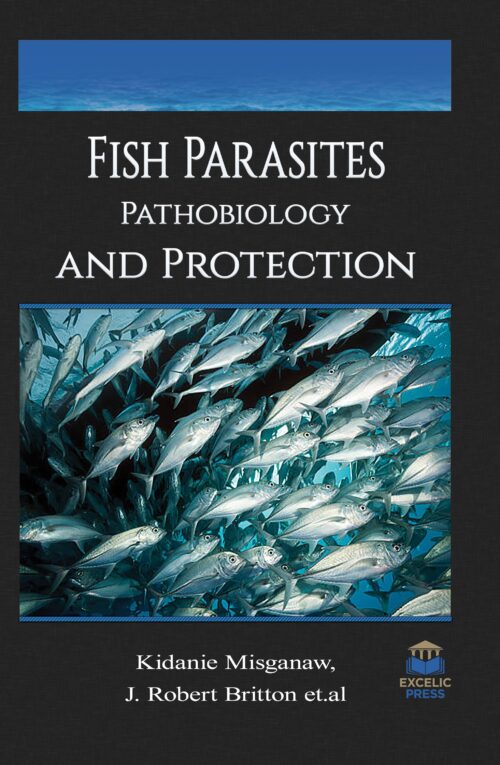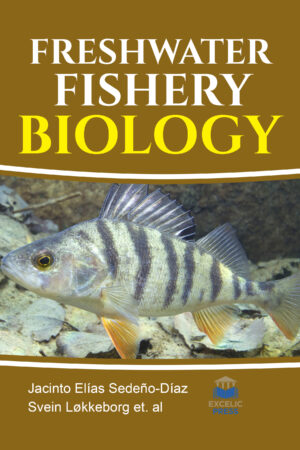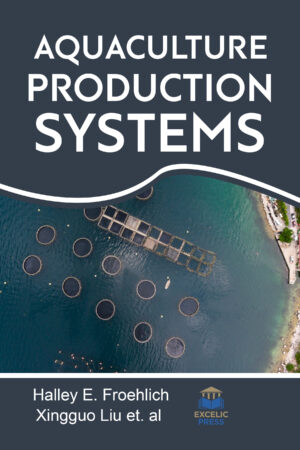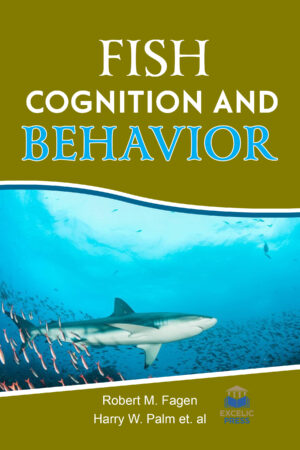Description
Parasites are abundant, mainly living in a dynamic equilibrium with their host(s) and they are frequently overlooked in fish health assessments. Variations in the environment, equally anthropogenic and environmental, can change the parasite/host equilibrium and cause disease or mortality in fish. Therefore it is vital that we have knowledge of both parasites and parasitic communities within a given population. When fish kills occur, it can frequently be allied with changes in parasite density and community structure. Frequently the damage associated with these fish is associated to the rate of invasion with the parasite; a fish that is informally infected will show few signs of the parasite, while a profoundly infected fish may become physiologically weakened and even die.
This book brings together cutting edge research and reviews of parasites that cause disease and death in economically important fishes. All contributed chapters are written by eminent researchers and authors who have considerable experience and expertise in the field. It reviews the effects of parasites of fresh water fish hosts. Like other living organisms, fish harbor parasites either external or internal which cause a host of pathological debilities in them. The parasites live in close obligate association and derive benefits such as nutrition at the host’s expense, usually without killing the host. They utilize energy otherwise available for the hosts growth, sustenance, development, establishment and reproduction and as such may harm their hosts in a number of ways and affect fish production.
The information provided in this edition will be of valued for students, veterinarians, specialists, and researchers in aquaculture industry and academies, fish health consultants, aquaculturists and laboratory managers.





